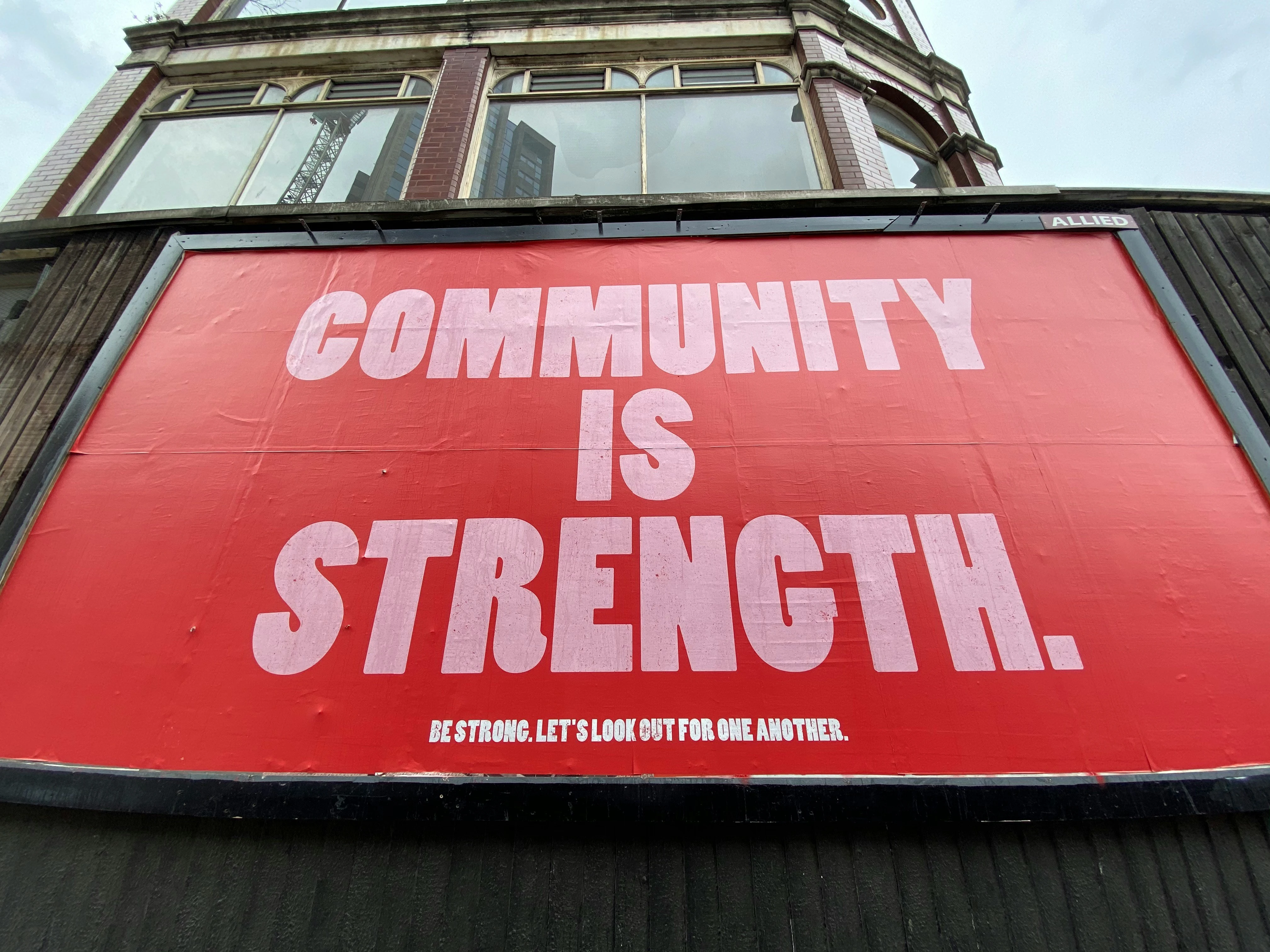Empowering Neighborhoods: Successful Strategies for Community-Driven Business Marketing

Understanding the Power of Grassroots Marketing
In the rapidly evolving landscape of marketing, community-driven strategies have emerged as powerful tools for local businesses. Unlike traditional marketing methods that often focus on wide-reaching but impersonal campaigns, grassroots marketing aims to build connections and foster genuine relationships within the local community. By engaging directly with community members through events like pop-ups and sponsorships, businesses can significantly boost their visibility and brand engagement.
Grassroots marketing thrives on the principle of authenticity. It leverages personal interactions and real-world experiences, allowing businesses to create a sense of belonging and loyalty among local customers. This approach not only drives immediate sales but also builds long-term brand advocates.
Leveraging Pop-Up Events for Maximum Impact
Pop-up events have become a staple in grassroots marketing due to their dynamic nature and ability to create buzz. These temporary installations allow businesses to experiment with new product launches, engage directly with customers, and receive immediate feedback.
Case Study: The Bakery on Main Street
The Bakery on Main Street, a quaint pastry shop in a bustling neighborhood, exemplifies the effective use of pop-up events. Facing increased competition from larger chains, the bakery sought innovative ways to attract more foot traffic. They hosted themed pop-up evenings every Friday, transforming their space into various mini-worlds – from a Parisian café to a festive Italian gelateria.
These events were advertised through social media and local partnerships, drawing crowds eager for unique experiences. The themed evenings not only increased sales by 30% during those weekends but also led to a significant uptick in social media followers as attendees shared their experiences online.
Tips for Hosting Successful Pop-Up Events
- Select a Unique Theme: Themes should resonate with your target audience's interests and align with your brand's identity.
- Leverage Local Partnerships: Collaborate with local artists, musicians, or influencers to enhance the event's appeal.
- Utilize Social Media: Create dedicated hashtags and encourage attendees to share their experiences. This not only boosts your event's reach but also provides authentic content for your marketing channels.
Community Sponsorships: Building Relationships Beyond Transactions
Sponsorships of community events or local teams are another effective grassroots strategy. By supporting local initiatives, businesses can demonstrate their commitment to the community, building trust and strengthening relationships.
Case Study: Greenleaf Grocery's Community Engagement
Greenleaf Grocery, a family-owned business, decided to sponsor a series of environmental cleanup days in their city. This initiative was not just about branding; it was a reflection of the grocery's values and commitment to sustainability. Employees and their families volunteered alongside community members, creating a sense of unity and shared purpose.
This approach resulted in widespread local media coverage, and more importantly, it endeared Greenleaf to its community. Sales figures indicated a 20% increase over the following months as locals chose to support a business that visibly contributed to their environment.
Steps for Effective Community Sponsorships
- Identify Causes that Align with Your Brand: Choose initiatives that reflect your business values and will resonate with your customer base.
- Engage Your Team: Encourage employee participation to foster internal team spirit and external goodwill.
- Promote Through Multiple Channels: Share stories and testimonials from sponsored events across your marketing platforms to extend the impact beyond just those who attend.
Cultivating Long-Term Relationships Through Authentic Engagement
While pop-ups and sponsorships can offer immediate benefits, cultivating long-term relationships requires consistent engagement strategies. Authenticity is key; businesses must genuinely invest in their communities to build lasting bonds.
The Role of Customer Feedback in Community-Driven Marketing
Feedback loops are critical in refining community engagement strategies. Local businesses can implement various methods to gather insights, such as surveys at events or encouraging reviews on platforms like Google or Yelp. By addressing customer feedback promptly and transparently, businesses not only improve their offerings but also reinforce trust and loyalty.
Example: The Local Bookshop’s Customer Loyalty Program
A neighborhood bookshop created a ‘Book Lovers’ club, offering members exclusive early access to new arrivals and monthly meet-ups with authors. Feedback from these meetings revealed customer preferences which informed future stock selections and event themes. As a result, the bookstore saw not only increased sales but also higher participation in club activities, strengthening its community presence.
The Role of Technology in Enhancing Grassroots Efforts
Technology can be leveraged to amplify the reach of grassroots efforts without diminishing their personal touch. Tools like email newsletters and SMS alerts keep community members informed about upcoming events or special promotions.
Implementing Technology: A Balanced Approach
- Email Newsletters: Tailor content to different segments of your audience to ensure relevance and higher engagement rates.
- Social Media Platforms: Use platforms where your audience is most active to promote events and foster discussions around community topics.
By integrating digital tools thoughtfully, businesses can maintain the authenticity of grassroots marketing while reaching wider audiences effectively.
Conclusion: The Future of Community-Driven Marketing
The success of grassroots marketing lies in its ability to connect businesses with communities authentically and meaningfully. As consumers increasingly value transparency and corporate responsibility, the demand for these approaches will continue to grow.
Local businesses that invest in their communities through thoughtful engagement strategies not only enhance their brand visibility but also contribute to vibrant local economies. By embracing these strategies, businesses empower neighborhoods and themselves to thrive in an interconnected world.
